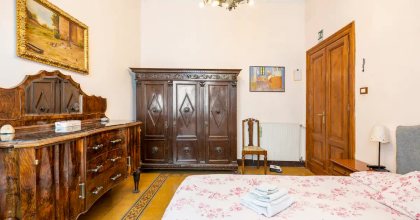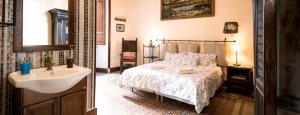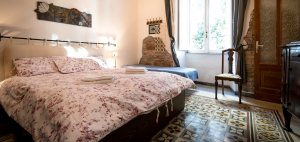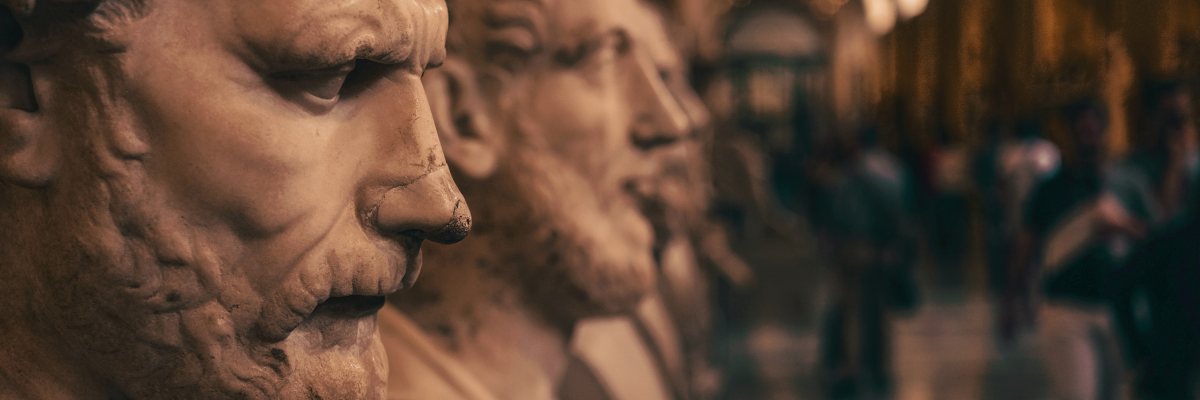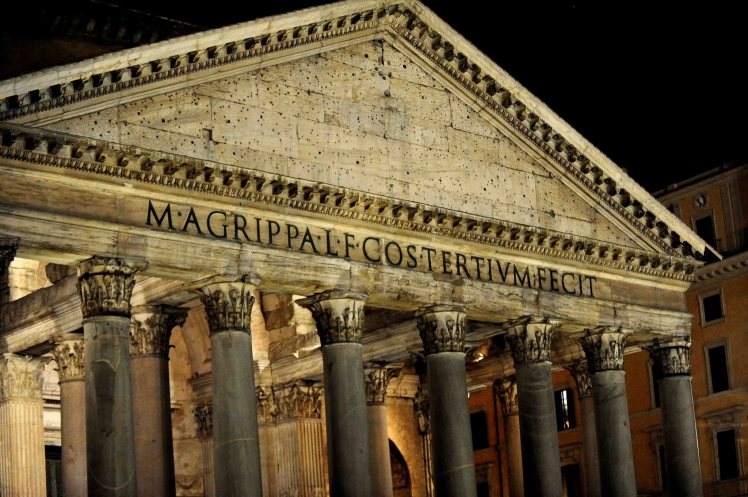
The Pantheon (in ancient Greek: Πάνθεον [ἱερόν], Pántheon [hierón], «[temple] of all the gods»), in classical Latin Pantheum, is a building of ancient Rome located in the Pigna district in the historic center, built as a temple dedicated to all past, present and future deities. It was founded in 27 BC from the arpinate Marco Vipsanio Agrippa, son-in-law of Augustus. It was rebuilt by the emperor Hadrian between 120 and 124 AD, after the fires of 80 and 110 AD. they had damaged the previous Augustan building.
It consists of a circular structure joined to a portico in Corinthian columns (eight fronts and two groups of four in the second and third rows) which support a pediment. The large circular cell, called the round one, is surrounded by thick masonry walls and by eight large pylons on which the weight of the characteristic hemispherical concrete dome is distributed, which houses at its apex a circular opening called an oculus, which allows the lighting of the internal environment. The height of the building calculated at the oculus is equal to the diameter of the rotunda, a characteristic that reflects the classic criteria of balanced and harmonious architecture. Almost two millennia after its construction, the intradosed dome of the Pantheon is still today one of the largest domes in the world, and specifically the largest built in Roman concrete.
At the beginning of the seventh century the Pantheon was converted into a Christian basilica called Santa Maria della Rotonda or Santa Maria ad Martyres, which allowed it to survive almost intact to the spoliation inflicted by the popes on the buildings of classical Rome. It enjoys the rank of minor basilica and is the only basilica in Rome besides the patriarchal ones to still have a chapter. The inhabitants of Rome popularly called it the Rotonna ("the Rotonda"), from which also derive the name of the square and the street in front.
It is a property of the Italian state property managed by the MiBAC; in 2017 it recorded 8 012 861 visitors, making it the most visited Italian state museum site; since March 2015 he has been managing the Lazio Museum Complex.


